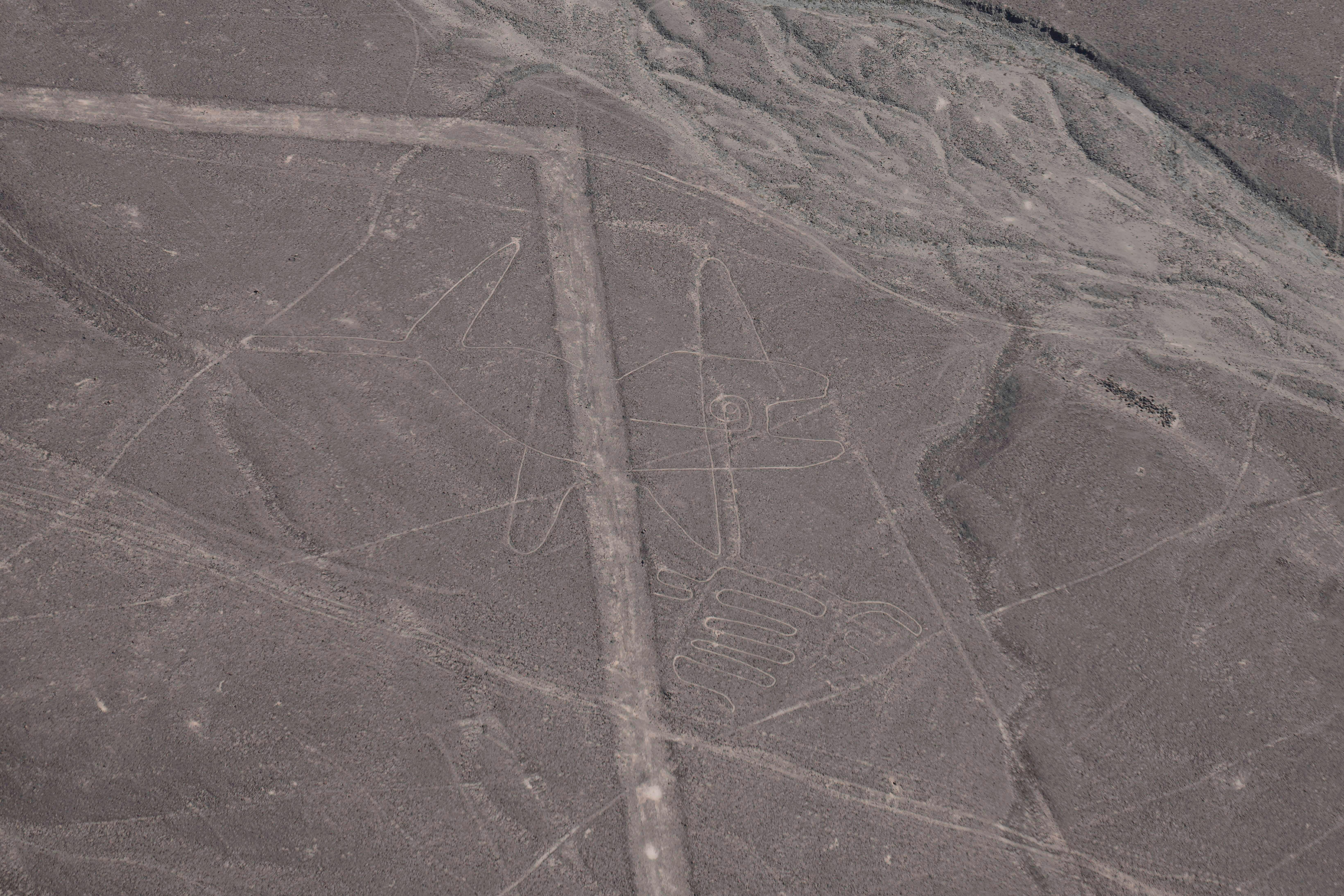The Peruvian government has reinstated full protection around the Nazca Lines, reversing a controversial decision that drew widespread criticism for endangering the ancient geoglyphs.
Perú restablece la protección total de las Líneas de Nazca tras controvertido recorte del área

Key Takeaways:
- Peru reversed a decision to reduce the Nazca Lines’ protected area.
- Initial reduction faced criticism for potential mining activities.
- The Ministry of Culture annulled the previous resolution on Sunday.
- The Nazca Lines are a vital part of Peru’s cultural heritage.
- Restoring protection aims to preserve the site’s integrity.
Peru Reverses Decision to Reduce Nazca Lines’ Protected Area
The Peruvian government has reinstated full protection to the Nazca Lines after annulling a controversial decision that had reduced the safeguarded area surrounding the ancient geoglyphs.
Background on the Nazca Lines
Located in the arid plains of southern Peru, the Nazca Lines are a series of large ancient geoglyphs etched into the desert floor. Depicting various figures such as animals, plants, and geometric shapes, they are believed to have been created by the Nazca culture between 500 BCE and 500 CE. The site is a UNESCO World Heritage Site and draws researchers and tourists from around the globe, captivated by its historical and cultural significance.
The Controversial Decision
Last week, the Peruvian Ministry of Culture issued a resolution that reduced the protected area surrounding the Nazca Lines. This move was met with immediate criticism. Many feared that decreasing the protected zone would open the region to informal miners, posing a significant threat to the preservation of the delicate geoglyphs.
As reported by the Associated Press, “El gobierno de Perú ha revertido su controvertida decisión de reducir el área protegida que rodea las Líneas de Nazca,” a decision that had been “criticada por abrir la zona a mineros informales.”
Annulment of the Resolution
Responding to the backlash, the Ministry of Culture annulled the previous resolution on Sunday. By restoring the original protections, the government aims to prevent any activities that could damage the site. The swift reversal underscores the administration’s recognition of the Nazca Lines’ importance and their vulnerability to environmental and human threats.
Impact and Reactions
The decision to reinstate protection has been viewed positively by cultural preservationists and the international community. Safeguarding the Nazca Lines ensures that this invaluable piece of Peru’s heritage remains intact for future study and appreciation.
Conclusion
The Nazca Lines continue to be a testament to the rich history of Peru’s indigenous cultures. The government’s commitment to protecting this site highlights the ongoing importance of preserving world heritage sites against modern threats. By reversing the controversial decision, Peru reaffirms its dedication to maintaining the integrity of one of its most treasured landmarks.











